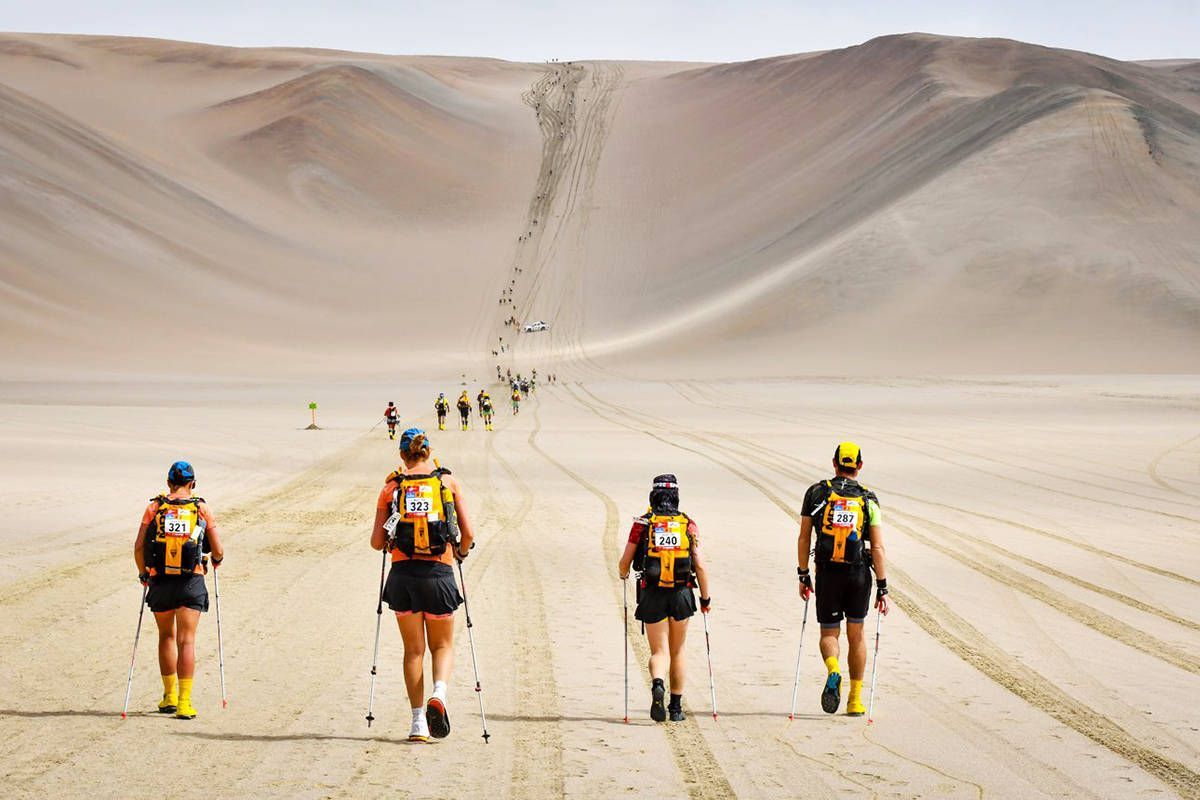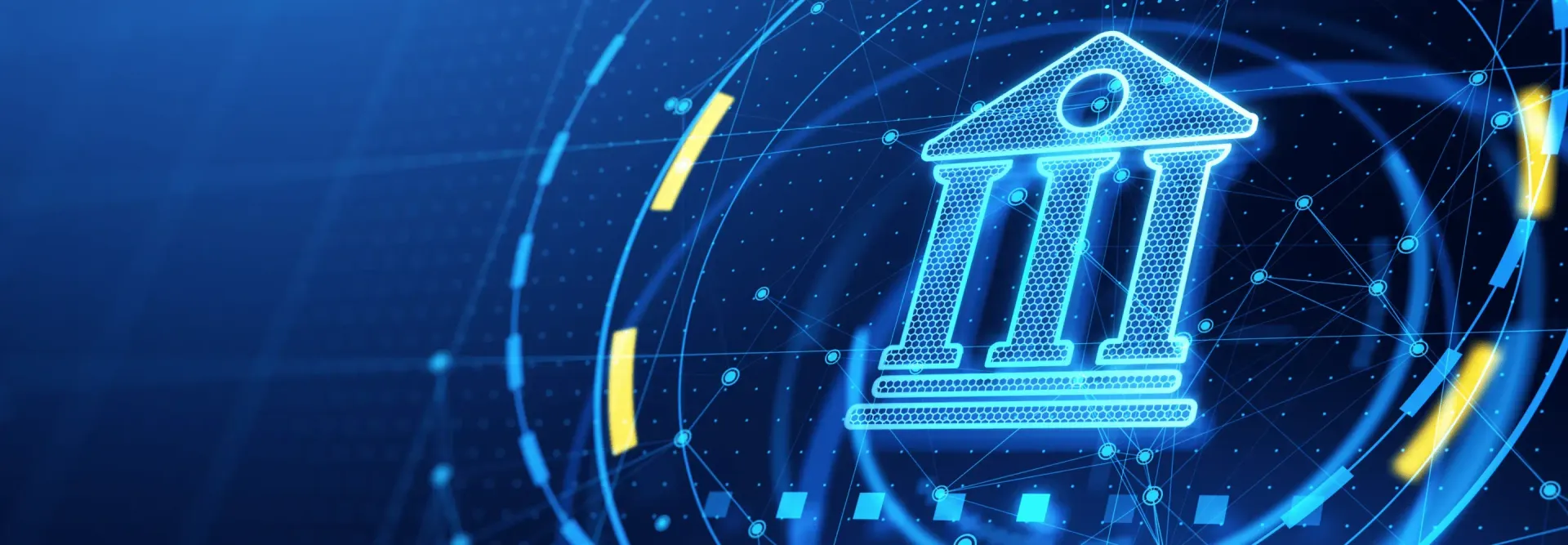How to build the Company’s Agility
Strategic agility is the ability to improve performance — not just survive but thrive — amid disruption. Companies that successfully navigated the Covid-19 crisis identified when to deviate from their strategic plan and adapt to the changing environment.

There are three distinct ways that companies have implemented during Covid-19 crisis to be agile (Triple As of strategic agility):
- They were nimble enough to avoid the worst impacts;
- When they were hit, they were robust enough to absorb a lot of the damage;
- They were resilient enough to accelerate forward faster and more effectively than their peers.
For helping companies to boost their strategic agility in these three areas, Amit Joshi and Elizabeth Teracino, from Harvard Business Review, have identified 6 different principles.
In early 2020, Airbnb was headed for a banner year — bookings were up, expansion plans were in place, and an IPO was set for the spring. Then Covid hit, and more than $1B of bookings disappeared, expansion plans were postponed, and one-quarter of the workforce was cut. However, by the end of the year, revenues had recovered, and the company completed one of the most successful tech IPOs in history.
California Pizza Kitchen (CPK) is well known for its innovative offerings. It was one of the first pizza chains to offer gluten-free crusts, “take and bake” home pizzas, and iron-chef-style innovation competitions for its cooks. During the Covid crisis, it moved quickly to offer curb-side delivery and upped its online capabilities. Yet, despite its reputation for innovation and forward thinking, the company filed for bankruptcy protection in July 2020.
Why was one able to thrive while the other floundered?
As soon as it became clear that Covid-19 travel restrictions would be inevitable, Airbnb took steps to avoid impact to its business. It implemented strict disinfectant protocols for its properties and added a mandatory free night between stays to allow additional time for cleaning. It also relaxed guest cancellation policies and put measures in place to compensate hosts for lost revenue. Of course, the company couldn’t entirely avoid the effects of the pandemic, so it raised capital to bolster its ability to absorb the impact of reduced bookings and cancellations. Even before the business was stabilized, the company began to accelerate into areas that were less affected, such as in-country travel and stays at rural locations. It also started to promote longer “quarantine” stays and added details such as internet speed to its listings.
California Pizza Kitchen, by contrast, was unable to shift its core dine-in business to delivery fast enough after stay-at-home orders were issued, and thus was unable to avoid a direct revenue hit. Furthermore, years of mismanagement had left the company with a high debt load, inhibiting its ability to raise additional capital to cover its costs. With its locations either closed or operating at limited capacity, cash started to dwindle. The company entered bankruptcy protection in June 2020. After a few months of restructuring, it emerged in November 2020 owned mostly by its debt holders, who had swapped their loans for equity. The company is now trying to make up for lost time by focusing on “Cali-health” menu items like non-meat proteins (BBQ Don’t Call Me Chicken Pizza), expanding its global franchise footprint, and investing in marketing and digital channels.
The Six Principles Behind a Triple A Rating
Strategic agility is the ability to improve performance — not just survive but thrive — amid disruption. Strategic agility can be further broken down into six principles. These principles are not definitions, rules, laws, tools, or frameworks, but guidelines to help organizations leverage disruption proactively to their advantage.
1) Avoiding shocks: Speed and Flexibility
Opportunities come and go quickly during a crisis, so organizations need to be ready and willing to act quickly, even if they sacrifice quality and predictability in the process.
During the multi-day celebration of Chinese New Year, movie theaters are typically full of families. However, in January 2020, due to the spread of Covid-19, most theaters were empty, and many had closed their doors. The Huanxi Media Group (Huanxi) stood to lose millions on its New Year-themed movie Lost in Russia. While most of its peers decided to postpone their releases, Huanxi approached Bytedance, the Chinese company behind the blockbuster app TikTok. Bytedance was not an obvious distribution partner, as its properties mostly stream short-form, user-generated content. TikTok, for instance, caps videos at 15 seconds — and Lost in Russia clocked in at over 2 hours.
In just two days, Lost in Russia racked up 600 million views on Bytedance platforms. Not only did the movie gain a huge following, it also led to a flood of goodwill from Chinese citizens who were frustrated about not being able to leave their homes during the outbreak. By waiting, other studios missed out on a major opportunity to build market share and capitalize on a limited-term opportunity.
2) Prioritize flexibility over planning
Strategy is often taught in business schools as a cascade of choices around where to play and how to win. These choices are typically built into strategic plans that are devised and approved over a period of several months, and then executed over three or five years, before the cycle repeats. However, in a crisis, a strategic plan can easily become an anchor that locks an organization onto a path that is no longer relevant.
Faced with a massive drop in revenue during the pandemic, Qantas abandoned its five-year strategic plan and dusted off an old idea from the 1980s to offer “flights to nowhere.” These excursions included fly-bys of some of Australia’s main tourist destinations, such as the Great Barrier Reef and Uluhu. The entire stock of seats sold out in 10 minutes, making it the fastest-selling promotion in Qantas’ history.
Qantas was not only quick off the mark, it was flexible in how it operated. The airline recognized the public’s latent desire to travel, even if they couldn’t leave the country, and it quickly adapted its services to meet this need. It then built upon its initial success, next offering viewing flights to Antarctica.
Absorbing shocks: Empowerment and Diversification. When it’s impossible to avoid a shock, like the Covid-19 pandemic, the next best thing is to minimize the damage. This step is often misunderstood by managers. Some of the hallmarks of strong shock absorption — scale, inefficiency, or centralization — are seen as impediments to effective competition in volatile environments. Yet, when set up in the right way, these elements can enhance the ability of organizations to withstand shocks without inhibiting performance.
3) Prioritize diversification and “efficient slack” over optimization
Many organizations struggled — and some failed — during the pandemic not because they weren’t nimble or innovative, but because they were felled by a single devastating blow. The root of this problem, in many cases, was either a lack of diversification or an overemphasis on efficiency and optimization.
The principles of diversification and slack have fallen out of favor recently. The share price of diversified organizations is often hit with a “conglomerate discount,” and markets and activist investors are quick to penalize any sign of slack. Yet, these are both powerful hedges against the impact of shocks. Pain in one area can be compensated by gain elsewhere. During the pandemic, when sales in P&G’s personal care brands dropped, the company was able to make up the difference in increased revenue of its cleaning and disinfectant brands. By contrast, Gold’s Gym, Avianca Airlines, and Brooks Brothers suffered from a lack of diversification and ultimately went bankrupt.
Swiggy, one of India’s largest food-delivery startups built a platform that included more than 160,000 restaurants in 500 cities. During the Covid lockdown, restaurant activity, including deliveries, fell by more than 50%. Swiggy realized that its overdependence on fixed location, traditional “sit-down” restaurants as delivery partners was a severe vulnerability. In response, it started a program to add street food vendors to its platform, ultimately adding more than 36,000 of these vendors. While servicing these vendors was less profitable, they provided valuable “slack” during the crisis, while also delivering a societal benefit. As a consequence, the company rebounded to about 90% of its pre-Covid food delivery volumes.
4) Prioritize empowerment over hierarchy
Systems are most vulnerable at their weakest points. A hierarchy, for example, is most vulnerable at the top.
Empowered teams, by contrast, are inherently robust. Since they’re decentralized, no single strike or crisis can take them all out. The key is to maintain open and regular information flows so that they are working from the same page.
Zoetis, a leading global-health company for animals, adopted this approach during the pandemic, which arrived just as they were about to launch their largest ever new product, a medication for dogs. A number of challenges, including supply-chain disruptions, marketing delays, and reduced opening hours at testing enters and laboratories, threatened to scupper the launch. In response, Zoetis’ CEO decided to allow local leaders across 45 global markets autonomy to conduct the launch in the most appropriate way. For example, social distancing regulations varied massively by location, as did requirements to wear protective clothing. The empowerment extended to field-based employees, managers and teams who were encouraged to “run it like you own it.” To further enable these employees, a priority was placed on data-driven decision-making, and dashboards containing up-to-the-minute information on the pandemic were made available to everyone in the organization.
Accelerating away from shocks: Learning and modularity. Bouncing back from shocks is partially operational (being able to redeploy and reconfigure resources) and partially cultural (fostering a tolerance for failure and implementing an environment that encourages risk taking and rewards learning). The application of the acceleration principles has a major impact on performance in highly uncertain environments.
5) Prioritize learning over blaming
It has been well established that organizational cultures that reward risk taking and tolerate failure move more quickly that those that don’t. If people are criticized for failing, they are less likely to take risks; in a crisis, this can be fatal.
Evalueserve is a mid-sized global IT services firm with offices in India. When the country declared a strict lockdown with six hours notice, it had no choice but to shift almost all of its 3,000 employees to work-from-home. This move created an increased risk to employee wellbeing and morale, as home environments were often stressful and not conducive for working. In response, the company instituted several changes to promote a “no blame” culture. It added mental health and wellbeing initiatives such as “no agenda check-in calls” to maintain motivation, as chairperson Timo Vättö and co-founder Marc Vollenweider explained to us in an interview. The company also adjusted its incentives to reward employees for learning and adaptability. As a result, Evalueserve faced negligible attrition of both employees and clients during the period of the lockdown.
6) Prioritize resource modularity and mobility over resource lock-in
Since it is difficult to predict how the future will unfold in a crisis, it is hard to effectively plan the allocation of resources. Thus, it important to build resources that are modular and/or mobile so they can be reconfigured or moved as needed.
An example of resource modularity comes from the “Paranoid Fan” app, which allowed NFL fans to order food to be delivered to their seats in sports stadiums. But with live events curtailed by the pandemic, the app lost its users. Seeing long queues outside food banks in New York City, founder Agustin Gonzalez recognized an opportunity to reconfigure the app’s mapping and delivery technology. The company launched a new app, named Nepjun, that allowed food banks to set menus and create delivery protocols, while also allowing users to find operational food banks in their neighborhood.
Putting Strategic Agility into Action
2020 was an extremely disruptive year for the media and entertainment sector. Streaming companies like Netflix and Amazon Prime Video experienced strong growth, while organizations involved in live events and cinematic releases suffered massive drops in revenue. The Walt Disney Company was caught in the middle. In early 2020, media and broadcasting operations accounted for about a third of its revenue, 17% was earned from direct-to-consumer brands, and the remaining 50% came from movie studios, theme parks, and product sales.
Gains in broadcasting revenues failed to offset heavy losses from the closure of movie theaters, theme parks, and retail stores. Disney’s share price began 2020 at $146, but by March 20 it had dropped to $86 a share as the global scale of pandemic became apparent. The company managed to avoid the worst impacts of the pandemic for as long as it could by keeping its theme parks open in a limited capacity and adding strong safety protocols for all facilities, staff, and guests. It saved money by laying off employees across its portfolio of stores, parks, and cruise ships, and worked with local governments where possible to supplement its income. A strong balance sheet allowed it to absorb the drop in revenue.
Meanwhile, the company reallocated resources and people to its Disney+ streaming service that had been launched in November 2019. The company worked hard to accelerate enhancements to the offering, adding new content throughout the year. For example, the live-action cinematic release Mulan was offered through the service as a special paid feature. By the end of the year, the company had attracted more than 90 million paying subscribers to the Disney+ service, significantly outperforming competitors such as HBO Max and Peacock, and far exceeding a goal it had hoped to meet by 2024.
When conditions improved, Disney was quick to take advantage. It reopened its theme parks in Shanghai in May and Tokyo in July. Most importantly, it continued to heavily invest in Disney+, building it into one of the world’s largest video subscription services just a year after launch. It empowered local managers to make decisions as situations shifted across the world, and it moved people and resources around to focus on growing areas. Its story shows that even large companies that are in the firing line of shocks like Covid-19 can respond effectively as long as they leverage the Triple As of strategic agility.
While we will eventually see the end of the Covid crisis, there is no doubt that organizations will continue to face other challenging situations in the future. Under these circumstances, incorporating avoidance, absorption and acceleration can be the difference between survival and collapse.
Alessio De Filippis, Founder and Cheif Executive Officer @ Libentium.
Founder and Partner of Libentium, developing projects mainly focused on Marketing and Sales innovations for different type of organizations (Multinationals, SMEs, Start-ups).
Cross-industry experience: Media, TLC, Oil & Gas, Leisure & Travel, Biotech, ICT.











